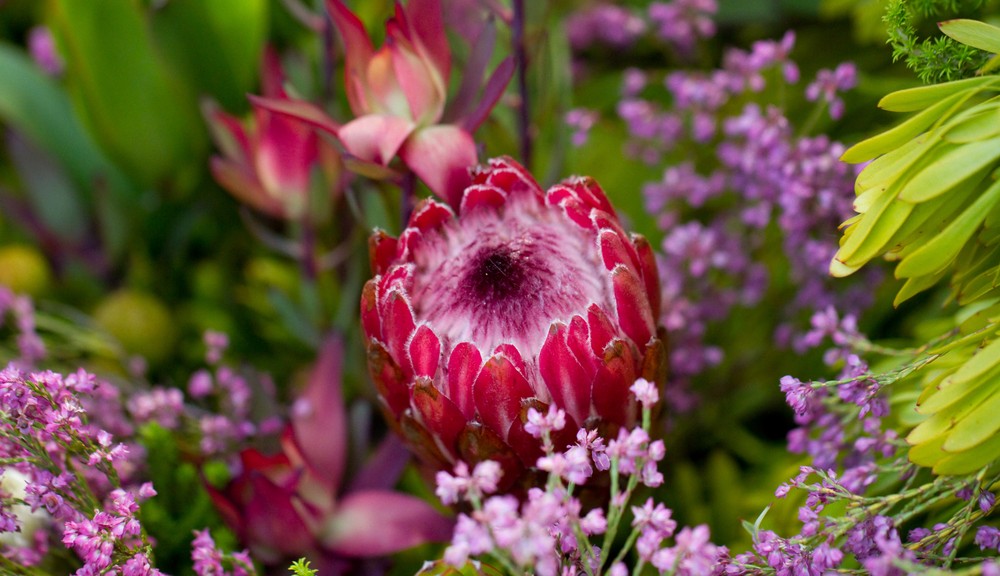There is plenty to see and do when you visit Cape Town, just one of which includes a trip to a Big 5 game reserve. But how much do you actually know about the city itself? A lot of history is tied up with colonialism, but this is fairly recent and there is an abundance of history and heritage within Cape Town and the surrounding areas that has been long neglected due to the impact of colonisation and Apartheid.
The birthplace of humanity is said to be located at the Cradle of Humankind in Gauteng, about an hour from Pretoria and Johannesburg; but even in Cape Town some of the earliest evidence of modern human beings has been found.
The surrounding areas used to be rich in fauna and flora. Although much has been devastated, it has not been wiped out and there is still a lot of natural splendour and life in the Cape. Luckily, steps have been taken today to protect the Cape’s natural beauty. This is evidenced, for example, by the declaration of the Cape Floral Region as a UNESCO World Heritage Site in 2004. This region includes:
• Table Mountain National Park
• Cederberg Wilderness Area
• Groot Winterhoek Wilderness Area
• Boland Mountain Complex
• De Hoop Nature Reserve
• Boosmansbos Wilderness Area
• Swartberg Complex
• Baviaanskloof Mega Reserve
One of the greatest icons of Cape Town is Table Mountain, of course. It is one of the oldest mountains in the world and is important in establishing the micro-climate of the city and its surroundings. As you can imagine, it derives its name from the mountain’s level plateau. It is flanked on the west by Lion’s Head, followed by Signal Hill, and on the east by Devil’s Peak. Together these form a natural amphitheatre, in which the city’s harbour is located.
The indigenous people of South Africa were the San. Later, the Khoi people, who led a pastoral lifestyle, adopted the hunter-gatherer lifestyle of the San, and are now often collectively termed the Khoisan. The Khoi people hunted and gathered around Table Mountain, always ensuring they left as little impact on the environment as possible. The distinctive landmark was given the Khoi-San name Hoerikwaggo, which means ‘mountain in the sea’.
The city has grown and changed a lot over the centuries and today is a bustling metropolis and major tourist destination. Part of what makes it so unique is the ability for residents and visitors to experience the best of the city, as well as nature, in one location. From Cape Town’s vibrant nightlife, top-notch restaurants and luxury accommodation to epic opportunities to appreciate nature such as visiting Table Mountain, driving to Cape Point, going whale-watching in Hermanus, hiking and embarking on game drives, this is a city with more than the best of both worlds.
Originally published on Cape Town Safari.
Image source.
